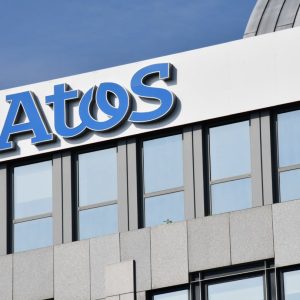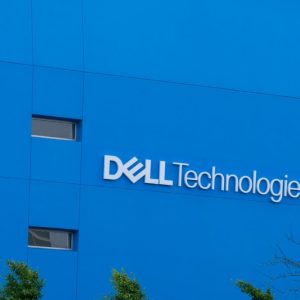
It may sound like the last resort of an avian veterinarian, but chirped pulse amplification (CPA), the Nobel Prize in Physics 2018 winning technique developed by Donna Strickland, has considerable applications not just in the laser eye surgery for which it is best know, but also in data storage and quantum computing.
What is Chirped Pulse Amplification?
The technique for creating ultrashort high-intensity laser pulses without destroying the amplifying material was developed in 1985 by Donna Strictland – the first woman in 55 years to win the Nobel Prize in Physics – and France’s Gérard Mourou.
See also: This Toolkit Turns Classical Applications Quantum
It works by stretching laser pulses in time to reduce their peak power, then amplifying them, and finally compressing them.
If a pulse is compressed in time and becomes shorter, then more light is packed together in the same tiny space – the intensity of the pulse increases dramatically.

As the Nobel Prize committee put it: “Strickland and Mourou’s newly invented technique, called chirped pulse amplification, CPA, soon became standard for subsequent high-intensity lasers. Its uses include the millions of corrective eye surgeries that are conducted every year using the sharpest of laser beams.”
“Lasers can be used to create more efficient data storage, as the storage is not only built on the surface of the material, but also in tiny holes drilled deep into the storage medium. The technology is also used to manufacture surgical stents, micrometre-sized cylinders of stretched metal that widen and reinforce blood vessels, the urinary tract and other passageways inside the body,” the Nobel Prize Committee explained.
The committee added: “The innumerable areas of application have not yet been completely explored. However, even now these celebrated inventions allow us to rummage around in the microworld in the best spirit of Alfred Nobel – for the greatest benefit to humankind.”
Chirped Pulse Amplification has been used by researchers to guide electrons through semiconductors using the incredibly short pulses of light it allows.
As Rupert Huber, from the University of Regensburg, told Wired last year: “In the past few years, we and other groups have found that the oscillating electric field of ultrashort laser pulses can actually move electrons back and forth in solids. Everybody was immediately excited because one may be able to exploit this principle to build future computers that work at unprecedented clock rates – 10 to a hundred thousand times faster than state-of-the-art electronics.”






